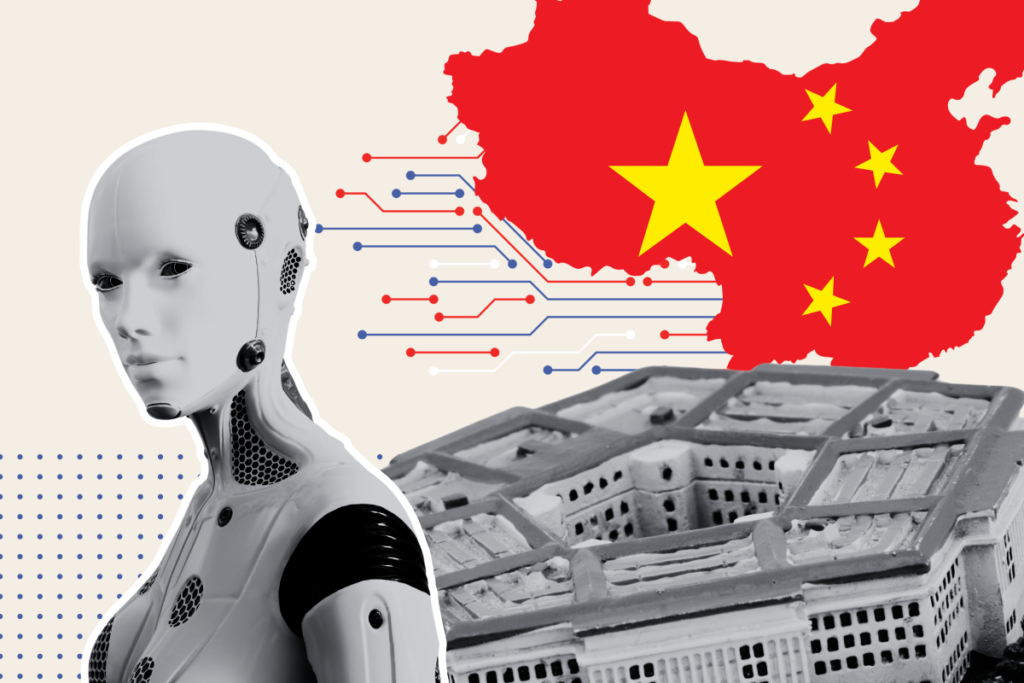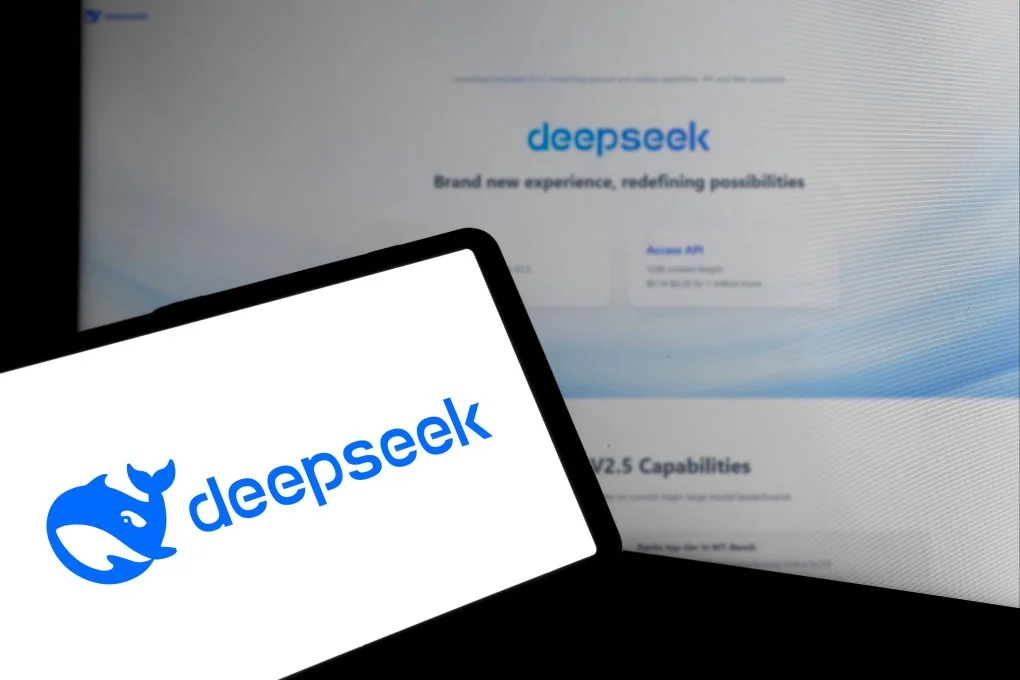In a world that sets up the future artificial intelligence, China has made a powerful and bold statement that has been stunned by artificial intelligence experts with its rapid advances and revolutionary achievements. Deepsic is a startup that has developed advanced huge language models and is now capable of competing with US technology giant artificial intelligence tools. What distinguishes Deepsic from others is its ability to achieve a significant performance with a fraction of the cost and computational power needed.
The emergence of Deepsic
On January 5, Dip -Sick, based in Hangzhou, introduced the Dip -Sikh R1 Model; A open source model that is capable of solving complex scientific issues at a level comparable to the most advanced OpenIA Language Model (O1). Shortly thereafter, Deepsic launched the Janus‑Pro‑7B image production model, which is the competitor of the Dall‑e 3 Open and Stable Diffusion of Stability AI.
For many, the performance of the R1 R1 was an unexpected change, but Chinese domestic experts saw it as a natural result of China’s centralized policies on artificial intelligence. China has long prioritized artificial intelligence as a strategic part, providing heavy government budgets, talent initiatives, and close cooperation between industry and the university, providing such achievements.
How did the Chinese government create a dip Sik?
Here’s a look at the factors contributing to the creation of a dip.
Targeting the Chinese government’s targeted support for projects like Deep Sik

China’s ambitions in the field of artificial intelligence were announced in year 2 by setting the goal of becoming a global artificial intelligence leader by year 2. China’s goal is to make major advances in artificial intelligence by year 3 to put it at or even above other technology superpowers.
To support this mission, China has made significant investments in the field of artificial intelligence education. By year 3, more than 5 universities have been licensed to provide specialized artificial intelligence programs. China had supplied almost half of the world’s top artificial intelligence researchers that year, with the US share of only 5 %, according to the Emergency Security and Technology Center (CSET).
It is likely that Deepsic has benefited from these initiatives supported by the government; Including research assistance, scholarships, and close cooperation between the university and the industry. For example, it is said that the company received funds from the National Foundation of China, which supports artificial intelligence research projects.
In addition, Deepsic has worked with Qinghwa and Beijing universities in joint research projects to challenge the boundaries of artificial intelligence development by creating interaction between the university and industry. The National Technology Engineering Laboratory and Deep Learning Applications, led by Bado, have played a key role in the training of artificial intelligence talent.
Young Talent Dipsic

Another reason for the success of the workforce is its prominent workforce. Many members of the company are young and inspired by the increasing advantage of Chinese technology. The founder of Deepsik, Liang Vanfong, is a 5 -year -old and graduate of the University of Zajiang. Prior to the launch of Depsic in year 2, he was involved in the establishment of the High‑flyer Investment Fund.
These young artificial intelligence specialists have grown in an environment that has witnessed China’s growth as a technology superpower. National policies that reinforce the ecosystem of artificial intelligence development have enabled the attraction of superior talents and widespread financing for Dipsic and other examples.
Growth and efficiency simultaneously with limitation

One of the prominent aspects of dipsic gains is its ability to develop advanced models of artificial intelligence, even when US constraints apply to advanced processing chips.
Year 4, the US government has exercised export controls that limit China’s access to advanced artificial intelligence chips, making it difficult for Chinese companies to teach large models.
What did China and its researchers do? According to artificial intelligence researcher, Chang Shu, at the University of Sydney, Dipsic has overcome these limitations by optimizing his educational architecture and using a combination of old NVIDIA A100 chips and domestic production alternatives. In addition, a case study of the Chinese Academy of Sciences shows that the company has reduced computational load using innovative data compression techniques. As a result of these actions, China has achieved favorable efficiency even with limited resources. From
However, Deepsic has taken a unique approach to innovation and focuses on efficiency in limited conditions. The company has announced that it has taught the V3 Depsic using about 2.5 NVIDIA H800 chips, while the LLAMA 3.1 405B Meta has been used more than 4.3 H100 chips. The use of older and less hard -working hardware has dramatically reduced Deep costs.
Technological innovations
Deepsic uses several advanced techniques to increase the performance of its models:
- Mixture-OF-SPERTS (MOE) Architecture: This machine learning method increases the speed of model training and at the same time requires less computational resources.
- Multi-Head Latent Attention: This technique allows the model to store more data and optimize performance with less memory.
Using these innovations, Deepsik, despite the lack of hardware, has been able to compete with Silicon Valley artificial intelligence giants.
Challenges and controversies facing Deep Sik

Recently, reports have been published that Open -AI is investigating whether Deepsic has taught his models using outputs produced by OPP. While OpenII is currently involved in lawsuits related to intellectual property issues, Deepsic has been silent.
However, artificial intelligence experts believe that even if it has been used by artificial OpenAI data, this does not reduce the importance of dipsic successes. Researchers at Hugging Face are trying to reproduce the R1 Deepsic to soon be determined whether the OpenAI data has been used to succeed this model.
Dip Sik; The future road map or a big lie?
Dipsic’s success shows that high -performance artificial intelligence models can be developed without the need for massive financial resources and calculations. As China continues to grow, more revolutionary gains are expected to emerge and challenge traditional technology giants.
What do you think? Dip Sik is a phenomenon of artificial intelligence and a revolutionary product, or is it a lie and illusion that China has offered for empowerment?
Written by report Nature
Source Link

